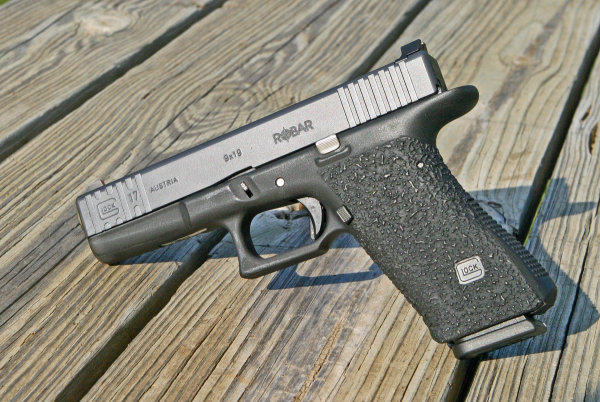
Last Friday, I was notified of rumored layoffs of employees at a gun. Simultaneously, a conglomerate owning a gun company and accessories companies took a beating in the stock market. The layoff rumors are, as yet, unconfirmed. The stock market speaks for itself.
Meanwhile, Robar Guns is closing after 35 years of service. They’ve been returning incoming project guns to their owners and getting with vendors to cease operations. Over my writing career, I’ve had the opportunity to try their gunsmithing/coating services. My experiences with the firm include several projects. The first was a gun they used for display at exhibitions.
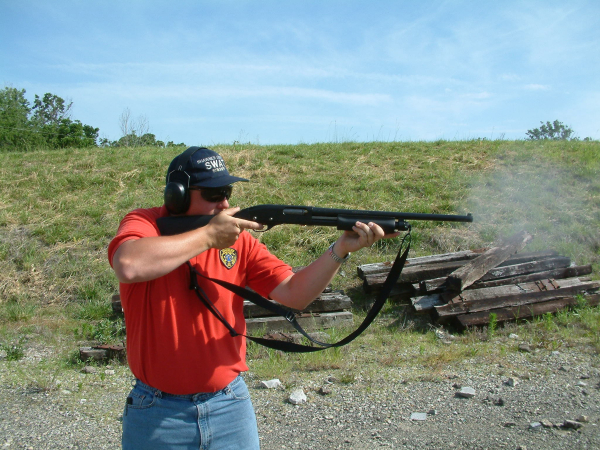
Robbie Barrkman, founder of Robar and Coating Technologies (which is continuing commercial, non-firearms coating applications), shipped a display sample Robar/Thunder Ranch Remington 870 12 gauge shotgun to me for review. The package included a short length-of-pull stock, an XS Big Dot sight and Robar’s Roguard finish. It was an incredibly simple and durable practical shotgun.
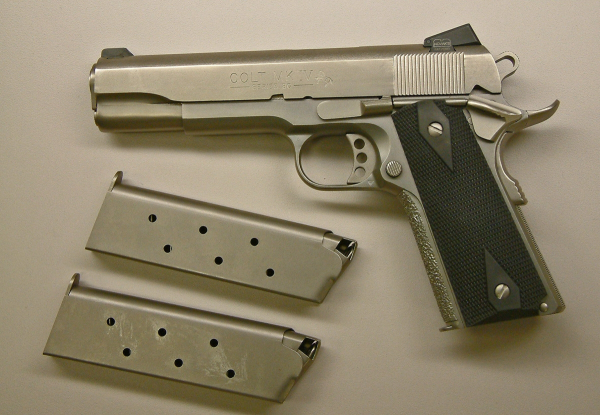
After that, I recalled that I had an early Stainless Colt’s MKIV Series 80, this from one of the first production runs. I thought the stainless steel was easily scratched. As I had a Novak Extreme Duty adjustable rear sight, I contacted Robbie Barrkman and we agreed on the considerable work on the stainless pistol. This included the sights, jewelers’ stipple the top of the slide, front strap stipple and NP3 finish overall.
The NP3 finish is electroless nickel improved with minute particles of P.T.F.E. (poly-tetrafluorothylene – Teflon). This is the slick stuff found on cookware and is present in the fabric, made by W.L. Gore, Gore-Tex. The lubricity prevents the stainless parts from galling and the electroless nickel prevents the invasion of moisture into the metal parts.
NP3 is a great finish for firearms and has been used in aerospace applications. Not stopping there, Robbie looked at the various paint-epoxy type coatings on the market and tried his hand at unique formulations of his own. One was Poly-T2.
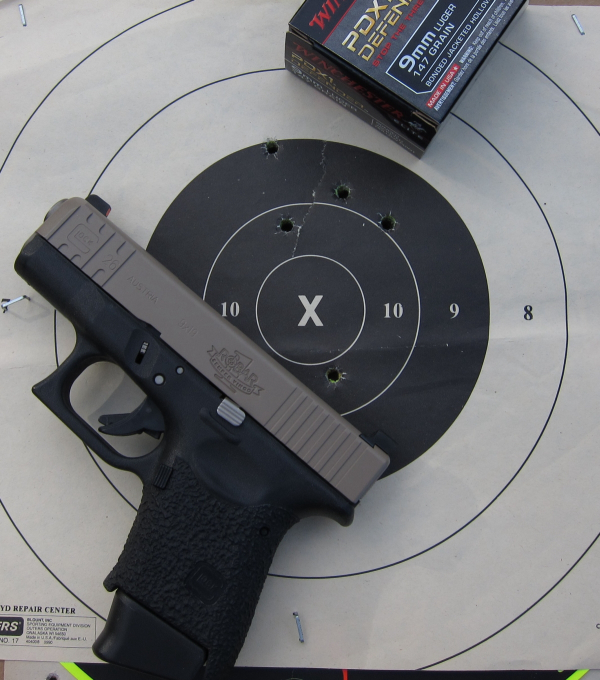
When I’d heard of the finish, I sent a Gen 3 GLOCK 26 for a desert tan Poly-T2 -- a “PTFE-based modified epoxy coating” to be applied to the slide. A lubricant material, it has the added attraction of extreme resistance to abrasion and corrosion. We added Trijicon HD sights, front cocking serrations and a grip reduction – something else Robar pioneered. Internal metal parts were finished in NP3.
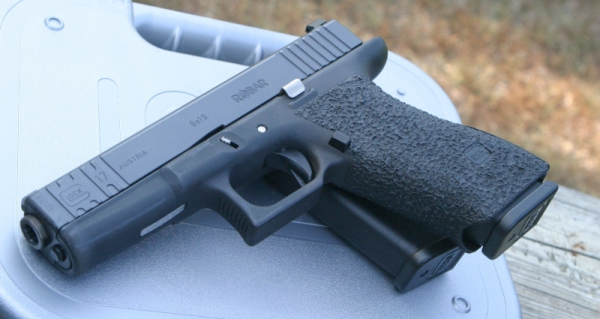
Some years later we followed up with a Glock 17 Gen2. I’d had sights arrive as well as some parts from Vickers Tactical/Tango Down. I contacted Robar and we were off to the races. The slide was finished in Poly T2, the gunmetal gray color. The gun had received the “Norton Special package” – the metal internals of the slide, the barrel and internal metal parts of the frame were finished in NP3.
The nice cosmetics – front of the slide serrations made around the “GLOCK” logo, the Robar logo engraved on the slide – highlighted “custom fitting” the gun to the user. Robar installed the TRI-Fit system. This modification of the backstrap brought the older GLOCK into the 21st Century, adding three backstrap units, each to fit into the frame in a dovetail slot. The top of each backstrap unit is formed like a hook that goes behind and around the rear frame pin in the GLOCK frame.
I’ve been favorably impressed with Robar’s gunsmith staff and Freddie Blish, who’d taken over the operation just a few years after Gunblast’s Jeff Quinn and I paid a visit to the Robar facility.
When I’d heard of the rumors last Thursday, I committed to contact Freddie to verify the situation. I got a call into him and spoke to him around 10AM (Phoenix time).
He confirmed he was “shutting the doors.” Business was down in double digits per year since the end of 2017. It was impossible to keep it afloat. He’d contacted some potential buyers but they’d “read the industry tea leaves” and passed. The conclusion: the large custom shop is a thing of the past.
Robar is not a “big” story in the outdoors industry, itself a “rounding error” in the world of big business. It is part of the ‘tea leaves’ industry insiders consider when figuring where to invest. When everyone and his brother “applies finishes,” some of those from spray cans purchased at the ‘biggie mart’ type stores, people have little interest in paying more to have someone professional do the work. It’s not easy as it may seem to do it well.
One has to (1) detail strip incoming guns, (2) etch individual parts with a control number so each customer gets the original parts back, (3) prep the parts for applications – not an easy task and too seldom well done, (4) do other custom work and (5) reassemble and test for function. Consider the per-hour shop fee – only a small portion of which goes to the person doing the work – and it’s chump change.
Add to that paying the costs of the building, utilities, paying staff (include the payroll taxes now --), supplies, tool upkeep and replacement – none of this is cheap.
You don’t get something for nothing. We’ll keep an eye out and keep you posted.
- - Rich Grassi